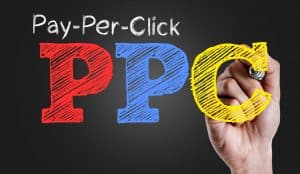Why Accessibility is Important to Search Engine Optimization?
SEO is one of the most important forms of online marketing, as it generates organic traffic that can lead to sales and leads. However, if your website isn’t accessible to users with disabilities, it can make your search engine optimization efforts less effective.
(Looking for SEO strategy companies? Contact us today!)

Search engines send crawlers across websites, cataloging their content based on several ranking factors. Similar to assistive technology devices, these bots rely on signals in the code to determine what the contents of a website are about.
Often, these bots are confused by images and content, which can cause them to miss important information. Providing alternative text for images, or “alt” text, is a great way to provide context for search engines and help them rank your website higher.
Another reason that accessibility is so important to SEO is that it improves the user experience for everyone who visits your website. If your site is hard to navigate or if it’s difficult for people to understand, they’ll leave quickly and you’ll end up with lower search engine rankings.
Aside from the user experience, accessibility also helps you build a better brand image. With more than 1 billion people living with a disability worldwide, having an accessible website is a good way to ensure that your business is making an effort to include and serve the diverse population that exists on the Internet.
There are a lot of ways that accessibility can boost your SEO performance, and it’s important to be aware of all of them so you don’t overlook anything.
Using alternative text for images is an easy and cost-effective way to make your website more accessible to both users and search engines. In addition to helping your website’s SEO, it can also increase conversions and reduce bounce rates, ensuring that you’re reaching as many people as possible!
You can easily automate this process with an accessible, tool that uses AI image recognition to automatically create alternative text for your site-wide images. It also makes it easier for you to keep track of all of the alt text that’s been created, ensuring that you always have accurate descriptions for every image on your website.
Incorporating alternative text throughout your website is an excellent way to make it more accessible to all types of users. It’s especially important for those who are visually impaired, as screen readers can’t interpret text without descriptive content.
If you’re creating videos, a video transcript is an equally important element that you can add to your website to make it more accessible. A video transcript tells search engines what the video is about, and that can be helpful when it comes to getting a page ranked for a wider range of queries.
By following the guidelines set out by the Web Content Accessibility Guidelines, you can ensure that your content is accessible to all users. These guidelines cover all the major aspects of accessibility, including information design, content creation, and user interface (UI) design.

Recent Comments